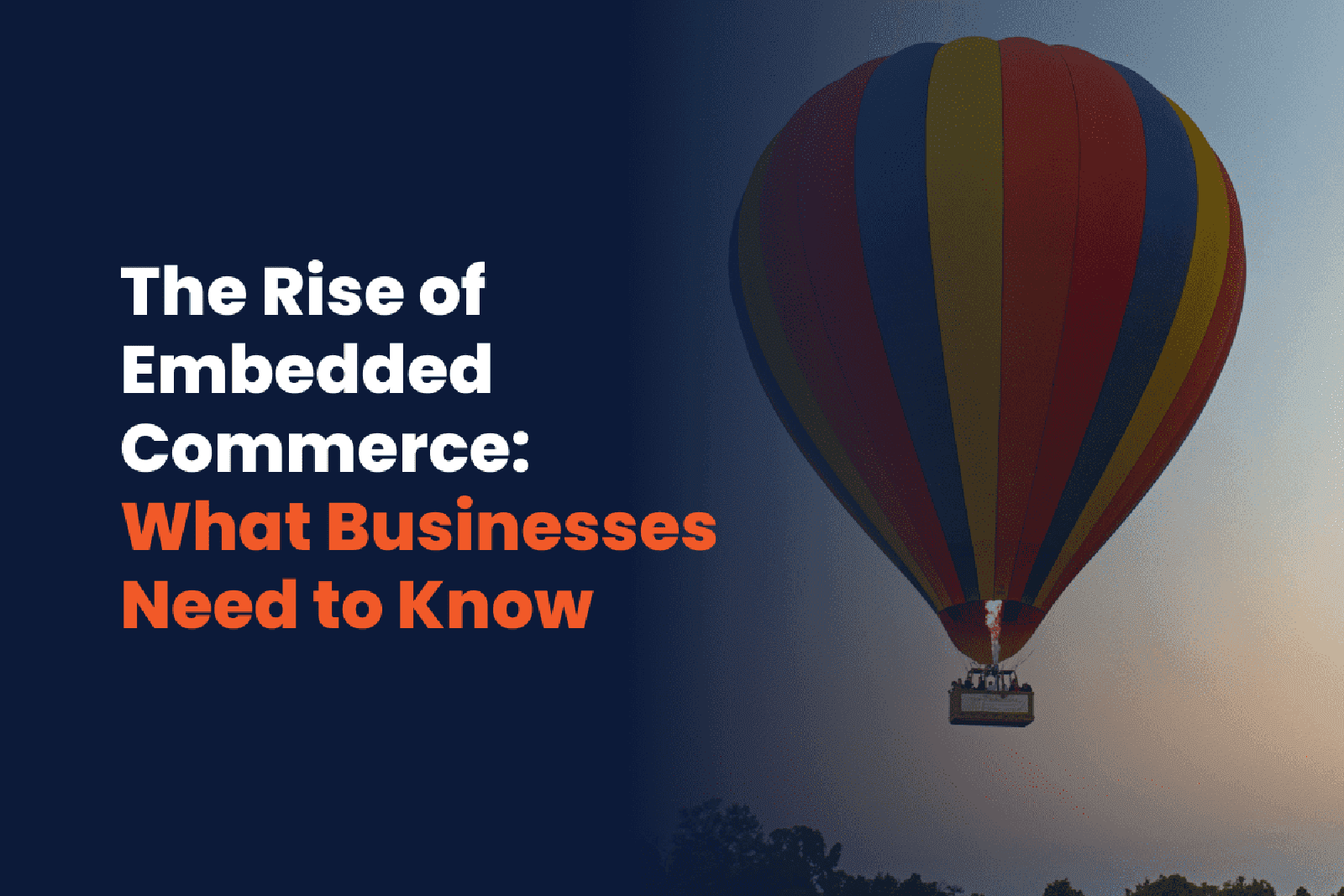The Rise of Embedded Commerce: What Businesses Need to Know
In today’s rapidly evolving digital landscape, businesses are continuously seeking innovative ways to reach customers and streamline their shopping experiences. One of the most transformative trends in this space is the rise of embedded commerce, also known as “embedded shopping” or “shoppable content.” This phenomenon is reshaping how businesses sell products and services, enabling seamless transactions within various digital environments. But what exactly is embedded commerce, and why should businesses care? Let’s dive in.
What is Embedded Commerce?
Embedded commerce refers to the integration of shopping and purchasing capabilities directly into digital content, such as social media posts, articles, videos, and even virtual environments. Instead of redirecting users to an external e-commerce site, embedded commerce allows them to browse, select, and purchase products without leaving the platform they are currently using.
For example, a fashion brand can showcase its latest collection on Instagram, allowing users to click on a product tag and complete their purchase without ever leaving the app. Similarly, a recipe blog might feature ingredients that readers can add to their cart and buy on the spot. This integration creates a frictionless shopping experience, enhancing customer convenience and increasing the likelihood of conversion.
The Drivers Behind Embedded Commerce
Several key factors are fueling the rise of embedded commerce:
- Mobile-First Behavior: With a significant portion of online traffic coming from mobile devices, consumers expect swift and seamless shopping experiences. Embedded commerce caters to this by reducing the need for multiple redirects and taps, which can be cumbersome on smaller screens.
- Social Media Influence: Social media platforms have become crucial marketing channels. By incorporating shopping features directly into these platforms, businesses can leverage influencers, user-generated content, and targeted ads to drive sales directly from posts and stories.
- Consumer Demand for Convenience: Today’s consumers value convenience and immediacy. Embedded commerce meets these expectations by allowing instant purchases, thus removing barriers like navigating through different websites or apps.
- Advancements in Technology: Innovations in AI, augmented reality (AR), and data analytics have made it easier to implement and personalize embedded shopping experiences. These technologies help businesses offer tailored recommendations and immersive experiences, enhancing engagement and conversion rates.
Benefits of Embedded Commerce for Businesses
- Increased Conversion Rates: By minimizing the steps required to make a purchase, embedded commerce reduces the chances of cart abandonment and increases conversion rates. Consumers are more likely to complete a purchase when they don’t have to leave their current activity.
- Enhanced Customer Engagement: Embedded commerce allows brands to engage with customers in the environments where they already spend time. This proximity can enhance brand visibility and loyalty, as customers appreciate the convenience of shopping within their favorite apps or sites.
- Rich Data Insights: Businesses can gather valuable data on consumer behavior, preferences, and purchase patterns through embedded commerce platforms. This data can be used to refine marketing strategies, personalize shopping experiences, and optimize product offerings.
- Streamlined Operations: Integrating commerce into digital content simplifies operations by consolidating sales channels. Businesses can manage products, inventory, and transactions from a unified system, making it easier to scale and adapt to market changes.
Conclusion
Embedded commerce represents a significant shift in how consumers interact with brands and make purchases online. As this trend continues to grow, businesses that embrace and innovate in this space will be well-positioned to meet the evolving needs of their customers. By understanding the potential and challenges of embedded commerce, companies can create seamless, engaging, and profitable shopping experiences that delight their customers and drive business growth.




Leave a Reply
Want to join the discussion?Feel free to contribute!